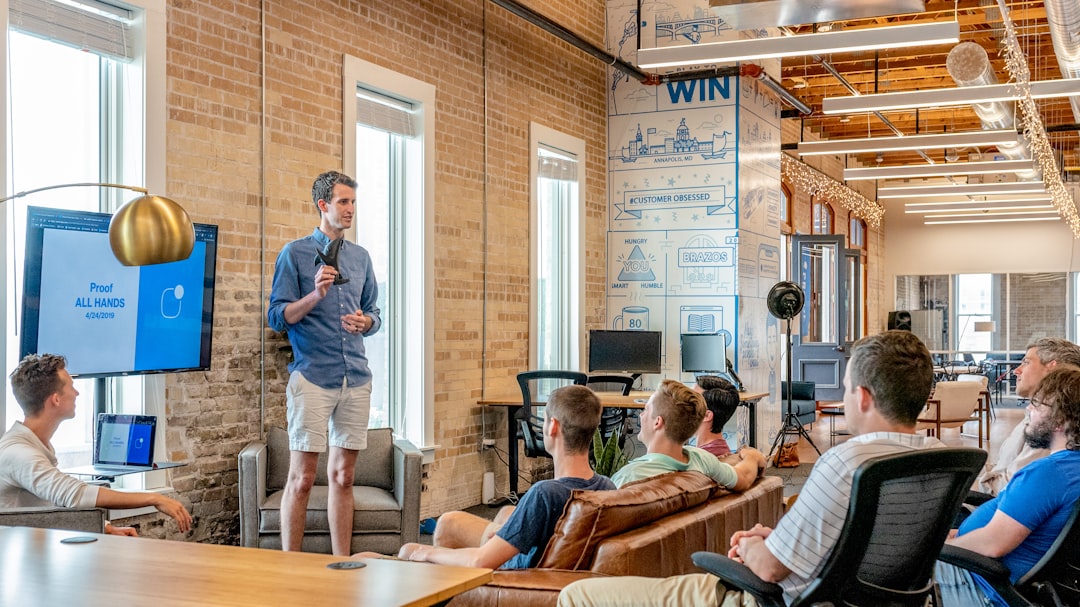Building a stronger community through communication and collaboration
In today’s interconnected world, building a strong and vibrant community is more important than ever. A strong community can provide support, resources, and a sense of belonging to its members. One of the key factors in building a strong community is communication and collaboration. By fostering open communication and encouraging collaboration among members, communities can come together to address common challenges, create positive change, and build a sense of unity and belonging.
Effective communication is the backbone of any strong community. When members are able to communicate openly and honestly with one another, it fosters trust, mutual understanding, and a sense of connection. Communication can take many forms, including face-to-face conversations, group discussions, social media, and community meetings. By creating opportunities for members to share their thoughts, ideas, and concerns, communities can build relationships, solve problems, and work together towards common goals.
Collaboration is another key element in building a strong community. By working together towards a common purpose, members can achieve more than they could on their own. Collaboration allows community members to combine their unique strengths, skills, and resources to achieve shared goals and create positive change. Whether it’s organizing a community event, addressing a neighborhood issue, or implementing a new program, collaboration can help communities to be more effective and resilient.
One example of the power of communication and collaboration in building a strong community is the case of the Flint water crisis. When residents of Flint, Michigan discovered that their water supply was contaminated with lead, they came together to demand action from local and state officials. Through grassroots organizing, social media advocacy, and community meetings, residents were able to raise awareness of the issue, pressure officials to take action, and ultimately secure funding for clean water initiatives. By communicating openly and collaborating with one another, the residents of Flint were able to come together to address a pressing public health issue and protect the well-being of their community.
Another example of the power of communication and collaboration in building a strong community is the case of community gardens. By working together to plant, tend, and harvest a shared garden space, community members can create a sense of connection, promote healthy living, and increase access to fresh, locally-grown produce. Community gardens can also serve as spaces for education, recreation, and social engagement, bringing people together across generations, backgrounds, and interests. By communicating about their needs, priorities, and visions for the garden, community members can collaborate to create a vibrant and sustainable resource for their neighborhood.
In addition to fostering communication and collaboration among members, communities can also benefit from partnerships with local organizations, businesses, and government agencies. By building relationships with external stakeholders, communities can access additional resources, expertise, and support to address complex challenges and pursue common goals. For example, a community might partner with a local nonprofit to offer job training programs, collaborate with a university to conduct research on a pressing public health issue, or work with a city government to improve infrastructure and services. By working together with external partners, communities can leverage their unique strengths and perspectives to create positive change and build a stronger, more resilient community.
In conclusion, building a stronger community through communication and collaboration is essential for creating a sense of connection, belonging, and empowerment among members. By fostering open communication, encouraging collaboration, and building partnerships with external stakeholders, communities can come together to address common challenges, create positive change, and build a sense of unity and resilience. Through communication and collaboration, communities can build trust, understanding, and shared purpose, leading to a more vibrant and thriving community for all.


